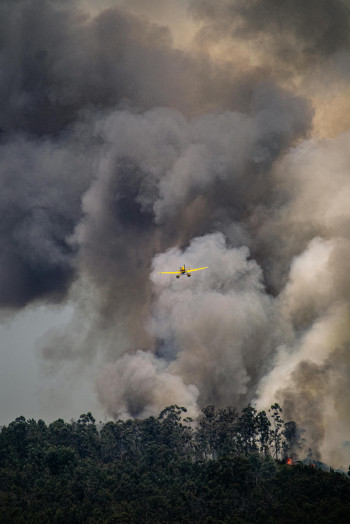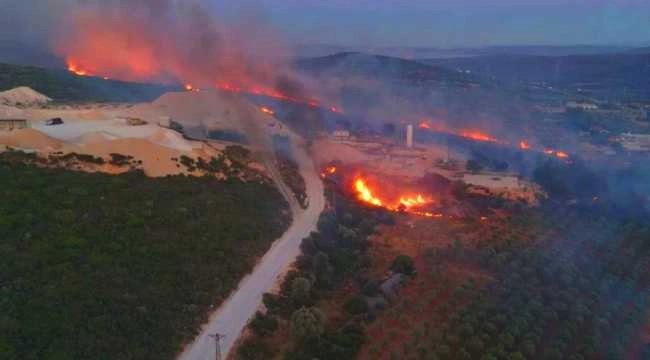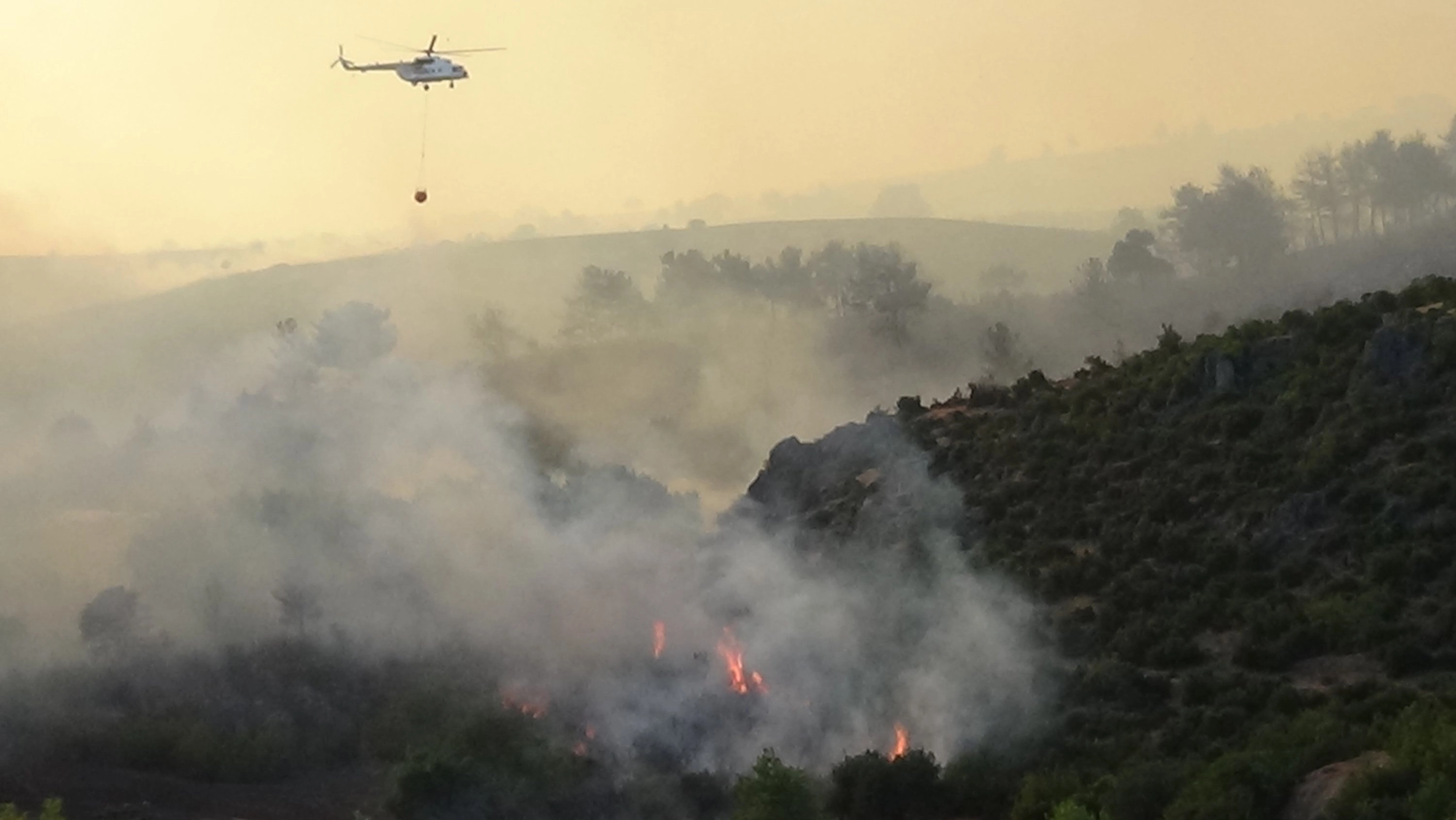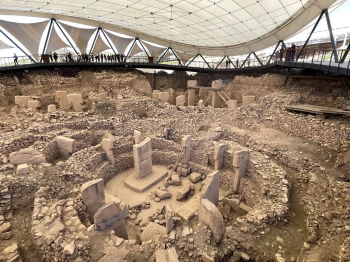What is causing the devastating wildfires in Turkey's Tekirdag and Canakkale regions? Why are authorities ramping up aerial interventions? How are local communities coping with the destruction? As flames continue to spread across these critical areas, emergency teams are deploying helicopters and planes to combat the blazes. This article explores the causes, responses, and long-term implications of these wildfires.
The Escalating Wildfire Crisis
Over the past week, wildfires have engulfed vast areas of Tekirdag and Canakkale, two regions in northwestern Turkey known for their agricultural and ecological significance. The fires, fueled by strong winds and dry conditions, have destroyed forests, farmland, and even threatened residential areas. Authorities report that multiple firefighting teams, including aerial units, have been dispatched to contain the flames.
A real-world example of this crisis can be seen in the village of Sarkoy in Tekirdag, where residents were forced to evacuate as flames approached their homes. The Turkish government has declared a state of emergency in affected zones, highlighting the severity of the situation.
Causes Behind the Wildfires
The wildfires in Tekirdag and Canakkale are attributed to a combination of natural and human factors. Prolonged drought, high temperatures, and strong winds have created ideal conditions for fires to spread rapidly. However, human activities, such as discarded cigarettes or agricultural burning, may have also played a role in igniting the flames.
In Canakkale, a similar incident occurred last year when a discarded cigarette sparked a fire that burned hundreds of acres of forest. This underscores the need for stricter regulations and public awareness campaigns to prevent such disasters.
Aerial Firefighting Efforts
To combat the raging fires, Turkish authorities have intensified aerial firefighting operations. Helicopters and planes equipped with water tanks are being used to douse flames in hard-to-reach areas. The use of aerial intervention has proven effective in slowing the spread of fires, though challenges remain due to strong winds and rugged terrain.
For instance, in Tekirdag, aerial teams successfully contained a fire that threatened a nearby wildlife reserve, saving countless animals and preventing further ecological damage.

Impact on Local Communities
The wildfires have had a profound impact on local communities, displacing families and destroying livelihoods. Farmers in Canakkale have reported significant losses to crops and livestock, raising concerns about food security and economic stability in the region.
A practical example of this impact is seen in the town of Eceabat, where olive groves—a primary source of income for many residents—were reduced to ashes. The government has pledged financial aid, but recovery will take years.

Long-Term Solutions and Prevention
While immediate firefighting efforts are crucial, long-term strategies are needed to prevent future wildfires. Experts recommend investing in early warning systems, reforestation programs, and community education initiatives. Additionally, stricter enforcement of fire safety laws could reduce human-induced ignitions.
In Tekirdag, a pilot project involving fire-resistant tree species has shown promise in creating natural firebreaks. Such innovations could be scaled up to protect vulnerable regions.
Conclusion: A Call to Action
The wildfires in Tekirdag and Canakkale serve as a stark reminder of the growing threat posed by climate change and human negligence. While aerial firefighting efforts are commendable, a comprehensive approach involving prevention, community engagement, and sustainable land management is essential for long-term resilience.
As the world grapples with increasing wildfire incidents, Turkey's experience offers valuable lessons for other nations facing similar challenges.






